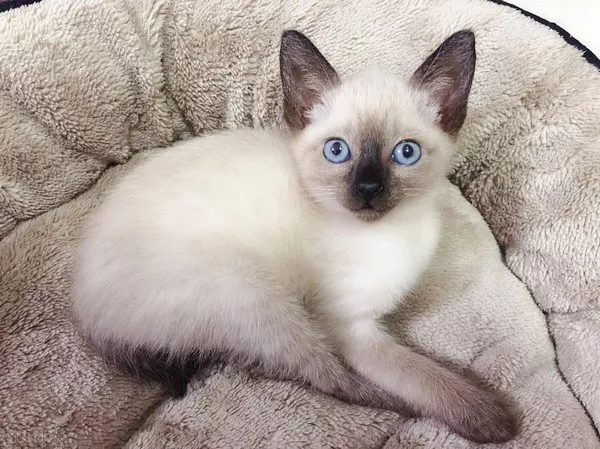Péter Pongrácz, a proud owner of four housecats, has long harbored a curiosity about the intricate inner lives of these enigmatic feline companions. Questions regarding their feelings toward humans and what they truly think of us have intrigued him for years. Yet, finding graduate students willing to embark on such research endeavors can be a challenge, especially when dogs, known for their eagerness to please and unconditional affection, present enticing alternatives.
The difficulties of studying cats were starkly evident when Pongrácz and his colleagues attempted to bring a cat into their laboratory at Eötvös Loránd University in Budapest in 2005. The cat swiftly vanished into a floor-level air conditioning duct, initiating a day-long endeavor to rescue it that left the distraught owner anxious and helpless. It wasn’t until over a decade later that Pongrácz found a graduate student willing to take on the formidable task.
“I am really interested in cats, and whenever there is a possibility to do cat research, I am on it,” Pongrácz shares. “I always have good ideas, of course, but I am always waiting for students who would like to work with cats.”
Recently, Pongrácz delved back into the realm of “cat cognition.” To overcome the challenge of elusive test subjects, he opted to observe cats in their own homes, where they felt most comfortable. The research involved surveying cat owners, inquiring about their cats’ behavior, vocalizations, empathy, and communication skills. Armed with these insights, graduate students were dispatched to observe the cats in their domestic environment.
This research, published in 2018, offered valuable insights into cats’ abilities to interpret human intentions and follow a person’s gaze. It also revealed striking differences between the cognitive habits of indoor and outdoor cats: indoor cats displayed a greater inclination to play with artificial objects, while outdoor cats exhibited more discerning behaviors.
This study represents just one facet of the burgeoning field of cat cognition, which has gained momentum over the past five years. Previously overshadowed by canine studies, cat research is now flourishing, despite the challenges posed by cats’ often enigmatic behavior.
The renewed interest in cat cognition was partly sparked by pioneering experiments conducted on dogs in the 1990s and early 2000s by Pongrácz and his colleagues at Eötvös Loránd University. These studies laid the groundwork for understanding canine intelligence, social dynamics, and emotional recognition. Consequently, research labs worldwide began to delve into the intricacies of canine cognition, exploring the depths of the human-canine bond.
However, cat owners were left waiting for similar insights for a considerable duration. In recent years, a dedicated cohort of cat enthusiasts, driven by their unwavering loyalty to feline companions and a belief in their misunderstood species, has undertaken experimental paradigms inspired by dog research. In doing so, they are uncovering answers to long-standing questions that have intrigued cat owners and dispelling misconceptions.
Contrary to the notion of cats as solitary and aloof creatures, research now suggests that many cats engage in complex social interactions and form profound attachments to their human caregivers. Moreover, cats display surprising levels of intelligence. They can recognize their own names, identify their owners’ voices and faces, understand intricate human cues, and draw conclusions based on limited information. Above all, mounting evidence supports the notion that the bond between cats and humans is reciprocal, genuine, and enduring.
The emerging consensus is that cats not only like us but genuinely love us. They express their affection in subtler ways compared to dogs, but the depth of their emotional connection is unmistakable.




















